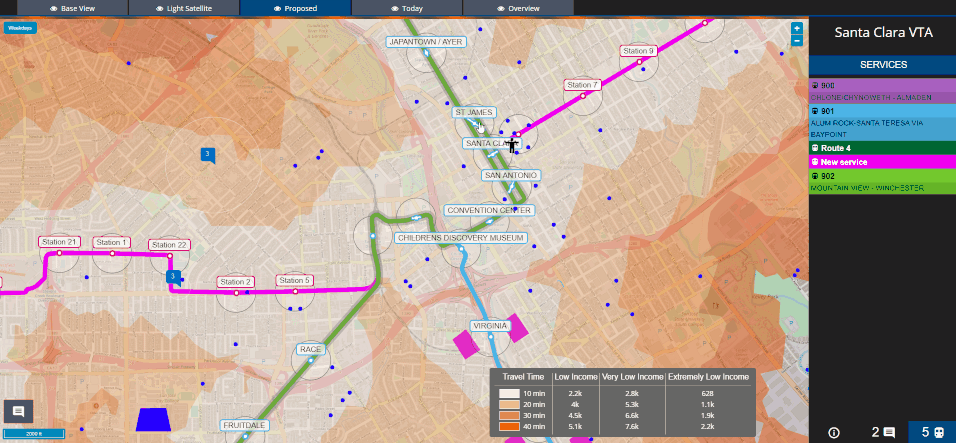The way we collaborate has changed - in part necessitated by the conditions imposed on us during the pandemic, and in part by the more gradual development of tools and technologies that facilitate radical new ways of exchanging ideas and information.
It's clear that many workers already understand and feel the negative impact of poor collaboration within their current workplaces, with 97% of executives and employees blaming a lack of alignment within a team as a reason for constant project failures (McKinsey & Co.). Ineffective collaboration, particularly within teams working at a large scale, is a far from a recent phenomenon, and we can see its effects on project delivery on projects as ambitious as London's long-delayed Crossrail.

In 2013, McKinsey Global Institute looked at over 400 major infrastructure projects to determine the root cause of their cost overruns. Among their conclusions was that a startling $1 trillion a year could be saved from a viable 60 percent improvement in infrastructure productivity. Costly overruns of large-scale infrastructure projects can be understood to be the product of a number of contributing factors, including but not limited to:
- The use of increasingly more complex technologies.
- The requirement for input by a greater number of experts.
- The greater democratisation of society.
- Growing numbers of stakeholders involved with larger projects.
While technologies such as the Google Docs Editors suite have brought office tools into the era of modern collaboration, transport planning software has been slow to catch up. Many planners and engineers are dependent on monolithic desktop applications and the exchange of files by email - or at best, a SharePoint server. Retrieving and transferring data between the many silos associated with each discipline working to bring a transport project from feasibility to operations is an inevitably slow, burdensome, and opaque process.
For Local Transport Authorities and operators in England, the need to work collaboratively to develop Bus Service Improvement plans and network reviews has been the cornerstone of The National Bus Strategy. While tools for the rapid analysis and planning of services have existed for some time, they have typically lacked the capability for real-time collaboration.
This has resulted in a culture of data siloing, where amendments to proposals are periodically circulated as email attachments, stifling the ability to respond quickly and effectively to changes within projects.
Built for collaboration

Podaris was built from the ground up for collaboration, informed by the concept of planning charettes, where interdisciplinary teams work intensely, from the same location with a unified aim: to produce a buildable plan, with both the big picture and necessary details available to each team member. For organisations, this means working from a single source of truth - in this case, live documents (transport plans that exist as models that are editable to planners and simultaneously viewable by stakeholders). It means assets that are accessible through a secure company portal and can be reused in an infinite number of transport scenarios.
Projects in Podaris are collaborative in the truest sense. Once you have granted permission to a colleague to work on your model, every update is synchronised in real-time, and every change, from modifications to infrastructure, to changes to service schedules, is visible to all collaborators as they happen. One document, with unlimited collaborators, vastly accelerating the design process. With a comprehensive revision history, you can see who has made what changes in a project, and instantly roll back to the point of any change. Dialogue can be conducted within Podaris via built-in chat, with a per-project messaging history allowing you to keep track of decisions made during the project lifecycle.
Showcase and engage

For non-technical stakeholders, Podaris:Engage provides an interactive, presentational window into transport plans. It's a simplified yet fully integrated application that allows stakeholders to:
- Interactively explore proposed and existing scheduled service routes.
- Pin geolocated comments to your maps.
- Compare and contrast scenarios across tabbed views.
No other platform enables you to bring your team together as effectively, regardless of their location or discipline. For those wanting to explore the collaborative capabilities of Podaris in more detail, our resident transport planner Chloe's latest tips & tricks newsletter showcases some of the features that help you get the most out of collaborating on the platform. You can sign up for Chloe's newsletter here.
For a deeper dive into all of Podaris’ capabilities, schedule a demo now and discover a better way to plan, today.